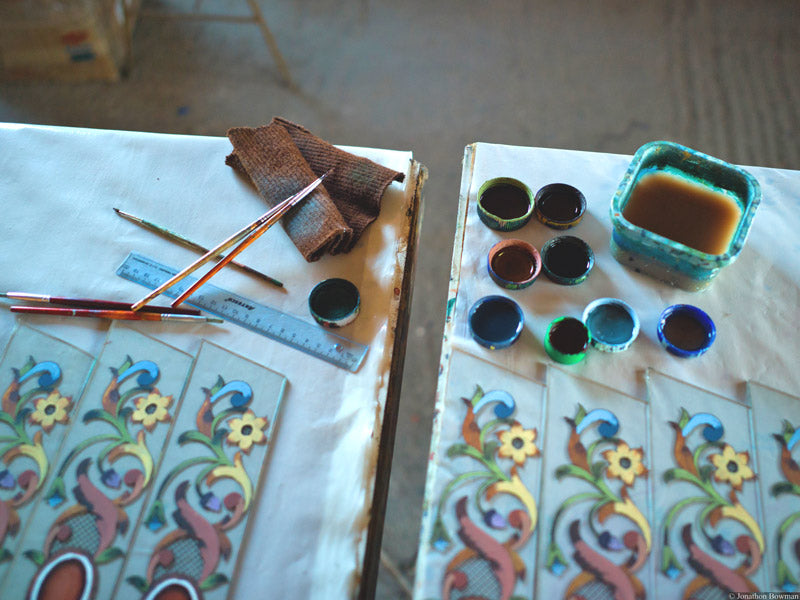
Reverse Painted Glass Explained
The art of painting in reverse on glass goes back centuries. Widely used to make religious icons in the Byzantine Empire, this unique art form spread throughout Europe as an affordable, yet beautiful alternative to more expensive sacred art. And it’s not hard to see why.

Reverse painted glass has an unexpected depth to it, and it almost seems to glow when illuminated by candlelight. Each piece is done back to front: details painted first, then larger color areas, and finally a background color. It is a skill that requires great care and precision, as the visual surface is painted first then layered over. There is absolutely no room for mistakes.

When new technologies like mass-produced lithographs came on the scene, reverse painted glass became less popular for religious art, but continued to be used for clocks, mirrors, and portraits. Over the years designs and techniques have continued to evolve, and the art form has spread all over the world. Reverse painted glass can even be found in Peru in the workshops of our talented artisan partners.

Edmundo Contreras, working with our fair trade partner Allpa, and Apolonio Alejandro, working with our fair trade partner Manos Amigas, each own their own reverse painted glass workshops in Peru’s capital city of Lima. Although their inspiration and style may be different, their techniques are generally the same. And of course, each team of artists must be precise in their composition and confident in their painting skills.

So how is a reverse painted piece created?
First, the original design is created by Apolonio or Edmundo, with a silk screen copied from the original.

The outline of this design is then silk screened onto the back of a piece of glass.

Unlike other painting techniques, in reverse painted glass, details are painted first.
Working backwards, next comes shading, and finally finishing with the background colors.

The artist will typically work with one color at a time so that the paint will have dried by the time they are ready to start at the beginning with the next color layer.
When the paint has dried, each piece is checked for quality.
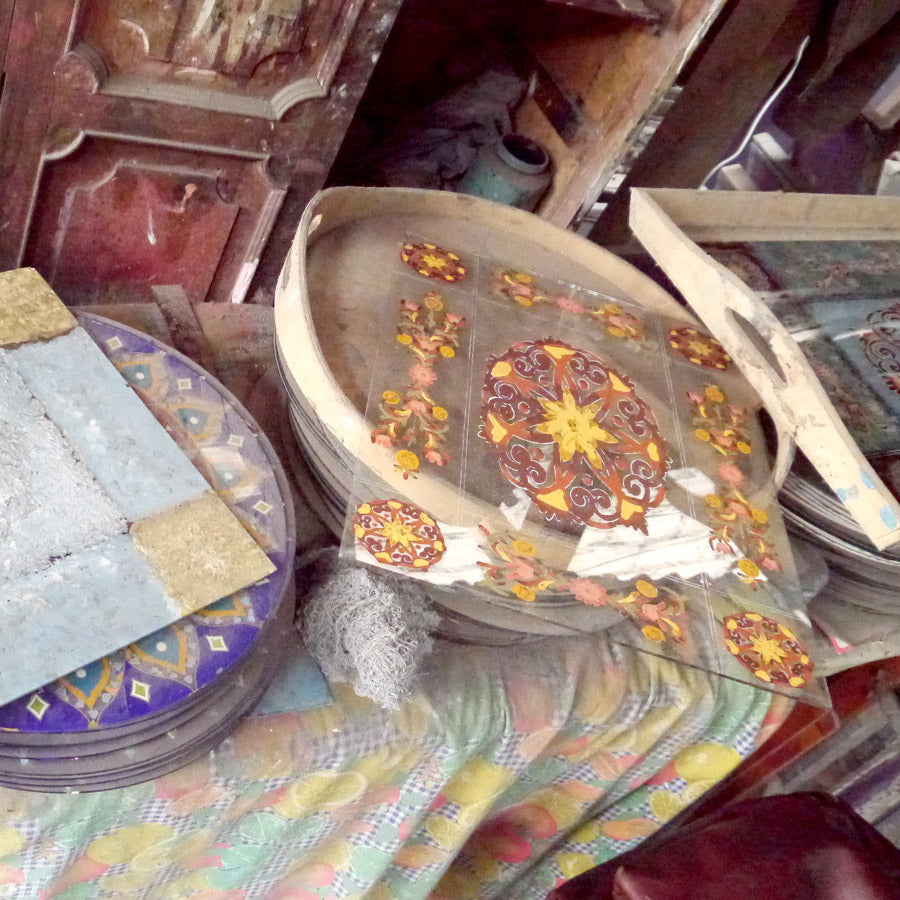
Next, the artist works on the structure of the item. It may be a tray, a mirror, or even a beautiful box. Wood is cut and fitted to each piece of glass, depending on what the finished product will be.


The sides and bottom are painted, antiqued, and finished with a clear top coat.

Finally it’s time for polishing, final quality control, and packing.

Watch the artisans in action…
The end result is a stunning, yet functional piece perfect for making a statement in your home.



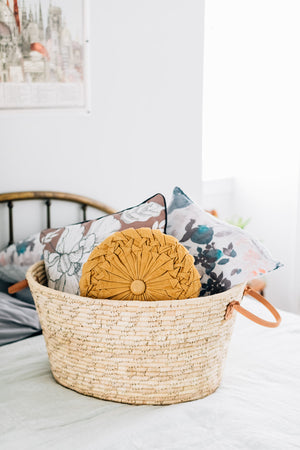
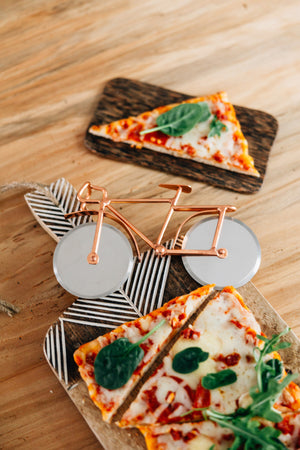
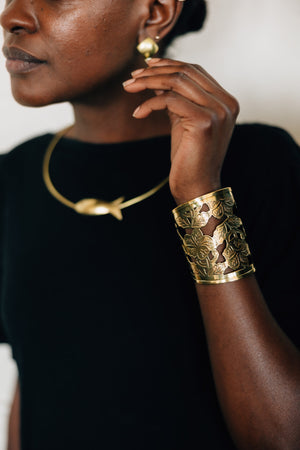
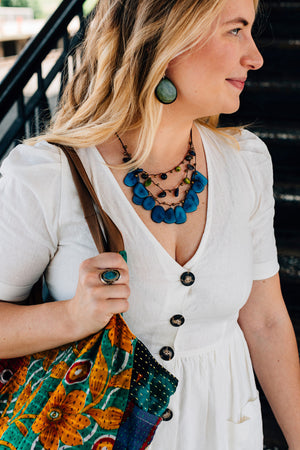
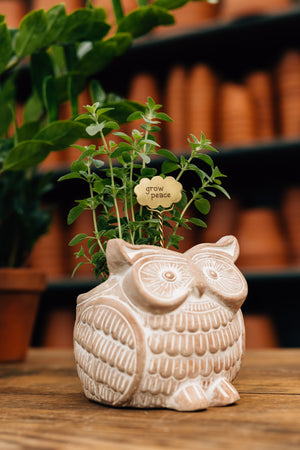
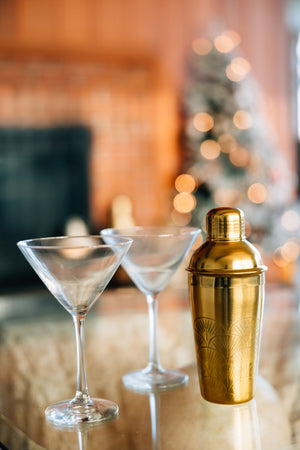
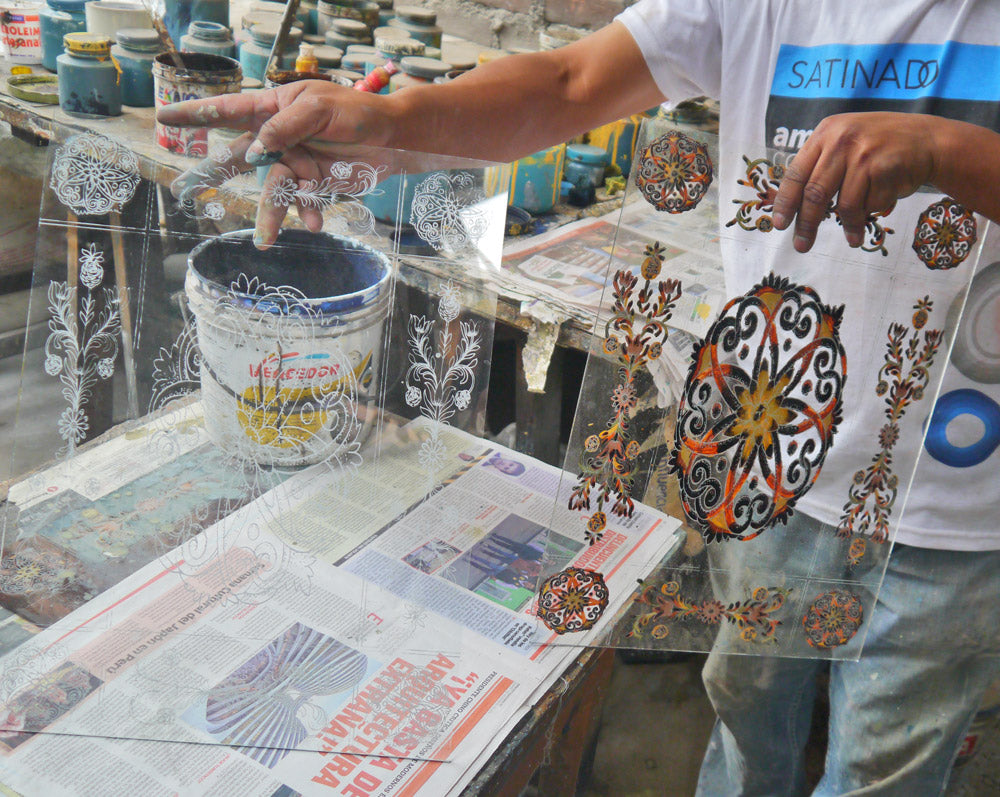


Leave a comment